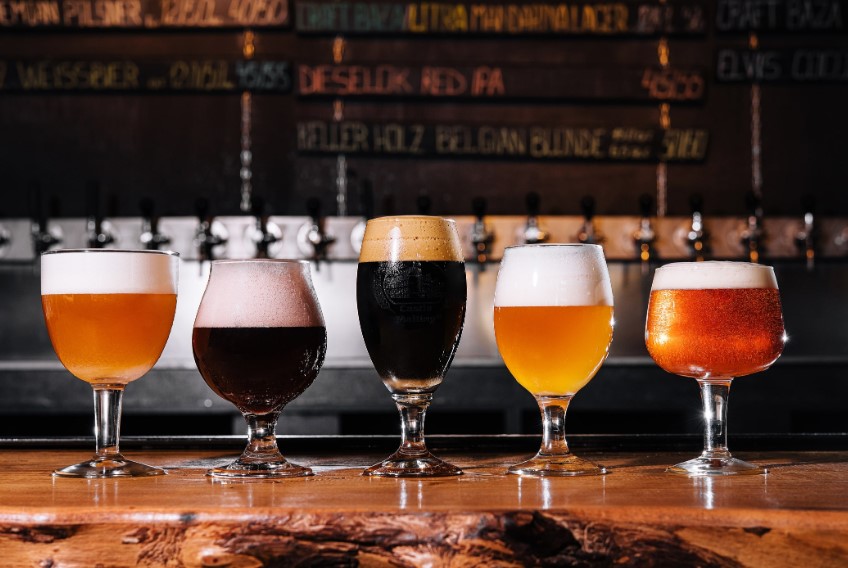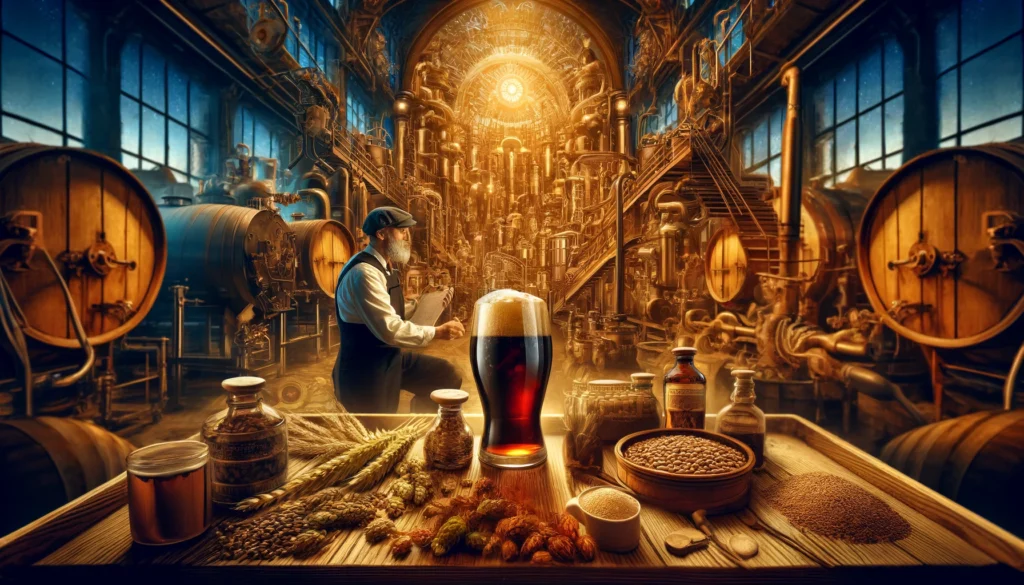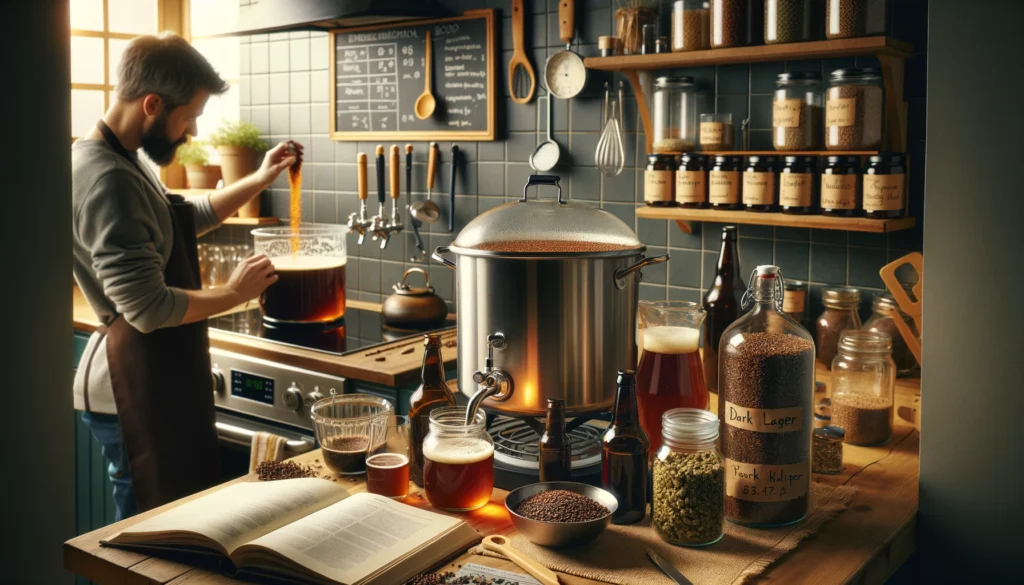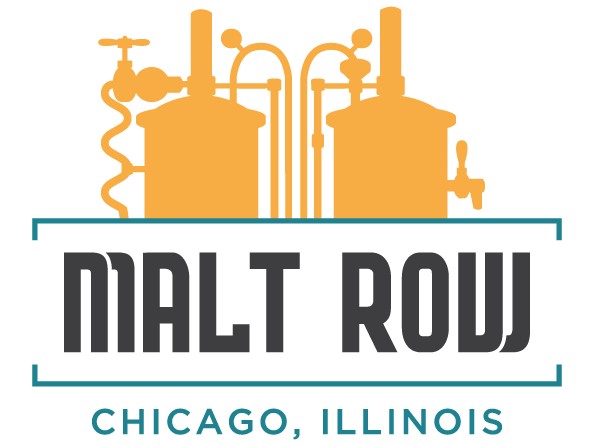Welcome to the captivating world of dark lagers, where centuries of brewing heritage intertwine with modern craft brewing innovation. From the iconic Munich Dunkel to the intriguing Baltic Porter, these brews offer a symphony of flavors and aromas that delight beer enthusiasts around the globe. Join us as we embark on a journey through the depths of dark lagers, uncovering their rich traditions and diverse styles.

Historical Background
Explore the rich heritage of dark lagers with a journey into their historical origins and evolution. From the emergence of Munich Dunkel in Bavaria to the technological advancements that shaped modern dark lager brewing, uncover the fascinating history behind these beloved brews.
Origins
Dark lagers have deep roots in early European brewing traditions, particularly in Bavaria, where the Munich Dunkel style gained popularity in the 1500s. This style flourished thanks to the availability of roasted malts and the utilization of cool fermentation temperatures. Concurrently, Eastern European Baltic Porters, characterized by their higher alcohol content, developed independently but contributed significantly to the dark lager tradition. Additionally, the emergence of the German Schwarzbier, known as “black beer,” further enriched the landscape of dark lagers.
Evolution
The evolution of dark lagers has been marked by significant technological advancements, such as the introduction of coke-fired malting. This innovation enabled brewers to produce cleaner and clearer roasted malts, granting them greater consistency and control over flavor profiles. As consumer preferences evolved and brewing techniques progressed, modern dark lagers diversified into a spectrum of styles, ranging from the mild Schwarzbiers to the robust Baltic Porters. This ongoing evolution has ensured that dark lagers remain a dynamic and beloved category within the world of beer.
Crafting Complexity: The Art of Dark Lager Brewing
Crafting the perfect dark lager requires a delicate balance of ingredients and techniques. Dark malts, including chocolate, caramel, and roasted varieties, lend depth and character to the brew. Meanwhile, noble hops impart a subtle bitterness that harmonizes with the maltiness. Brewers meticulously control the mashing and fermentation processes, ensuring that each batch achieves the desired flavor profile.

Exploring the Tapestry of Flavors
A Tasting Journey A sip of dark lager is an invitation to explore a symphony of flavors. The aroma tantalizes with hints of coffee, chocolate, and caramel, while the palate revels in layers of malty sweetness and roasted bitterness. The beer’s smooth, full-bodied texture and moderate carbonation provide a luxurious mouthfeel that lingers long after the glass is empty.
Specific Dark Lager Styles
- Munich Dunkel: Known for its deep amber color and rich maltiness, Munich Dunkel offers a balanced sweetness with hints of bread crust and toffee. This style pairs wonderfully with hearty dishes like roasted meats and stews.
- Schwarzbier: With its opaque black hue and smooth, clean finish, Schwarzbier surprises with a light body and subtle roastiness. It’s a versatile brew that complements grilled foods, sausages, and even chocolate desserts.
- Baltic Porter: Originating from the Baltic states, this robust lager boasts complex flavors of dark fruit, chocolate, and molasses. Enjoy it alongside smoked meats, aged cheeses, or decadent desserts for a truly indulgent experience.
Also Read: Understanding Beer Styles: From Pilsners to Stouts
Flavor Profiles and Sensory Experience
- Aromas: Roasted, chocolate, coffee, caramel, and nutty notes.
- Taste: Each style offers different levels of sweetness, bitterness, and malt character.
- Mouthfeel: Smooth and full-bodied, providing a comforting and satisfying texture.
Serving Temperature
Dark lagers are best enjoyed slightly cooler than room temperature, typically between 45-50°F (7-10°C). This temperature range allows the flavors and aromas to fully express themselves without being muted by excessive chill.
Understanding Dark Lager Ingredients
- Dark Malts: Dark lagers rely on roasted, chocolate, caramel, and Munich malts for their distinctive flavor profiles. Roasted malt contributes coffee and chocolate bitterness, while caramel and Munich malts impart sweetness and body.
- Hops: Hops help balance the sweetness of dark malts by providing bitterness and aroma. Different hop varieties can add herbal, floral, and spicy notes.
- Yeast: Lager yeast ferments at lower temperatures, resulting in a clean, smooth beer with balanced flavors.
- Water: The mineral content of brewing water plays a crucial role. Munich’s soft water and Burton’s sulfate-rich water impart different characters to their respective styles.
Brewing Techniques for Dark Lagers
Traditional Techniques: Decoction mashing extracts flavor from the malts by removing a portion of the mash and boiling it before mixing it back into the main mash. Fermenting at cool temperatures (lagering) reduces esters and sulfur compounds, producing a smoother, full-bodied beer.
Modern Innovations: Modern brewers experiment with unique malts and barrel aging. For example, aging dark lagers in whiskey barrels adds layers of vanilla, caramel, and oak.
Brewing Dark Lager at Home
For homebrewing enthusiasts eager to delve into the world of dark lagers, mastering the craft requires attention to detail and a passion for precision. Here are some essential tips and considerations to ensure a successful homebrewing experience:

Homebrewing Tips
- Select High-Quality Specialty Malts: The foundation of any dark lager lies in the selection of specialty malts. Opt for high-quality roasted, chocolate, caramel, and Munich malts to impart the desired depth and complexity to your brew. These specialty malts contribute unique flavors and aromas, ranging from coffee and chocolate to toffee and bread crust.
- Emphasize Temperature Control: Maintaining precise fermentation temperatures is paramount when brewing dark lagers at home. Unlike ales, which often ferment at warmer temperatures, lager yeast thrives in cooler environments. Aim for a fermentation temperature range of around 45-55°F (7-13°C) to achieve the characteristic clean and crisp profile associated with dark lagers. Invest in a reliable temperature control system, such as a fermentation chamber or a temperature-controlled fermentation vessel, to ensure consistency and avoid off-flavors.
Challenges and Solutions
- Temperature Fluctuations: One of the primary challenges in homebrewing dark lagers is controlling temperature fluctuations during fermentation. Fluctuations can lead to inconsistent fermentation and off-flavors in the final product. To mitigate this challenge, insulate your fermentation vessel and use temperature control devices to maintain a stable environment throughout the fermentation process.
- Extended Lagering Periods: Unlike ales, which can be ready to drink in a matter of weeks, dark lagers often require extended lagering periods to mature properly. The lagering process involves storing the beer at near-freezing temperatures for several weeks to months, allowing for the development of smoothness and clarity. While patience is key, you can shorten the lagering period by ensuring thorough fermentation and cold crashing the beer before transferring it to the lagering vessel.
Also Read: How Beer is Made: From Ingredients to Fermentation
By adhering to these homebrewing tips and addressing potential challenges with innovative solutions, homebrewers can successfully craft flavorful and authentic dark lagers in the comfort of their own homes. Experimentation, attention to detail, and a dedication to quality will yield rewarding results that rival commercial counterparts. Cheers to the art of homebrewing and the exploration of dark lager brewing!
FAQs related to the dark lagers
What makes dark lagers dark?
Dark malts! Roasted, chocolate, and caramel malts lend their rich color and complex flavors to these brews.
How do dark lagers taste?
A symphony of flavors! Expect hints of coffee, chocolate, and caramel, balanced by a smooth sweetness and subtle roastiness.
What food goes well with dark lagers?
A delicious pairing! Enjoy them with hearty stews, grilled sausages, or even decadent chocolate desserts depending on the style.
Embracing the Dark Side: Conclusion
In the world of beer, few styles are as captivating as dark lagers. With their rich history, complex flavors, and versatile appeal, these brews have earned their place among the pantheon of great beers. Whether enjoyed on their own or paired with hearty fare, dark lagers offer a truly sensory experience that celebrates the best of brewing tradition and innovation. So, raise a glass to the world of dark lagers and savor the darkness in all its glory. Cheers!
Incorporating the ideal serving temperature enhances the article’s practicality while providing additional value to readers. Further expansion into homebrewing and food pairings could enrich the content even more.
Harold Desir is a seasoned beer enthusiast and expert, with over a decade of experience exploring the world of craft beers and brewing techniques. His deep knowledge of beer styles, brewing processes, and industry trends makes him a trusted voice in the beer community. Harold's passion for all things beer is evident in his engaging and informative blog posts, where he shares his insights, reviews, and tips with fellow beer lovers. Cheers!

